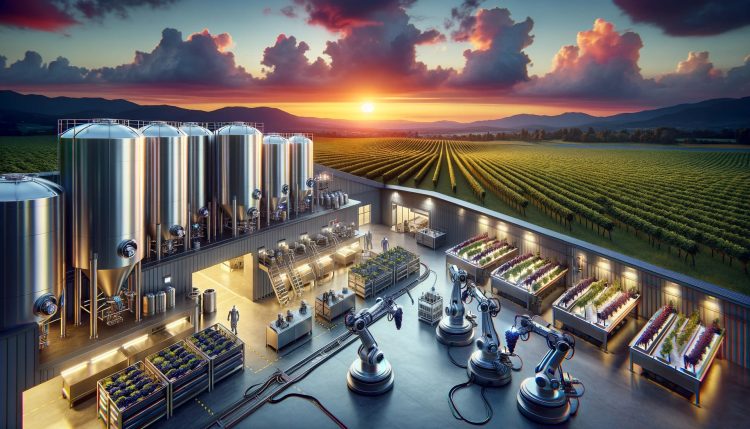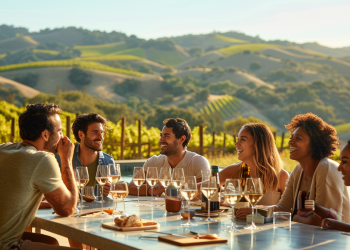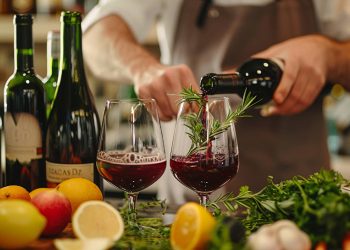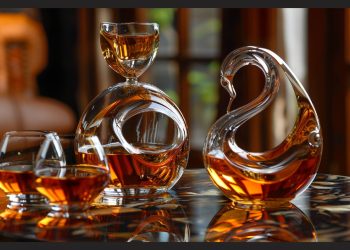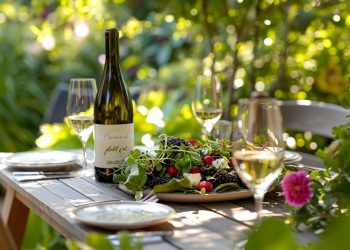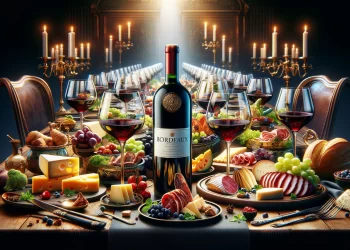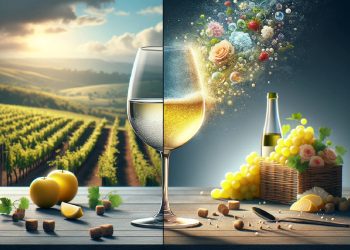The positive trends in winemaking are undergoing a significant transformation driven by the integration of technology and innovation. As consumer preferences evolve and market demands shift, winemakers are embracing cutting-edge technological solutions to enhance their production processes, improve quality, and meet sustainability goals. This article delves into the innovative trends that have revolutionized winemaking and their impact on the overall production landscape. From sustainable vineyard technology to winemaking equipment advancements, these innovations bring efficiency, precision, and creativity to flavor profiles.
Moreover, technology enables wineries to improve vineyard management, optimize irrigation systems, and monitor weather conditions, resulting in more sustainable and environmentally friendly practices. By exploring the latest tech trends, this article provides a comprehensive overview of the transformative impact of technology on the wine industry.
The Intersection of Positive Trends in Winemaking
The wine industry has witnessed a significant transformation through technology integration, revolutionizing how wine is made and consumed. Artificial intelligence, robotics, sensor technology, digital transformation, and precision agriculture have all played a crucial role in this tech revolution.
Artificial intelligence has enabled winemakers to analyze vast amounts of data, making predictions and recommendations for optimal grape cultivation and wine production. Conversely, robotics has automated various tasks in the trends in winemaking process, improving efficiency and consistency. Sensor technology has allowed winemakers to monitor and control crucial factors such as temperature, humidity, and soil conditions, ensuring the highest quality grapes. The digital transformation has facilitated online sales, wine education, and virtual tastings, creating a sense of community and belonging among wine enthusiasts. Lastly, precision agriculture techniques have optimized resource usage, reducing environmental impact and promoting sustainability in the wine industry.
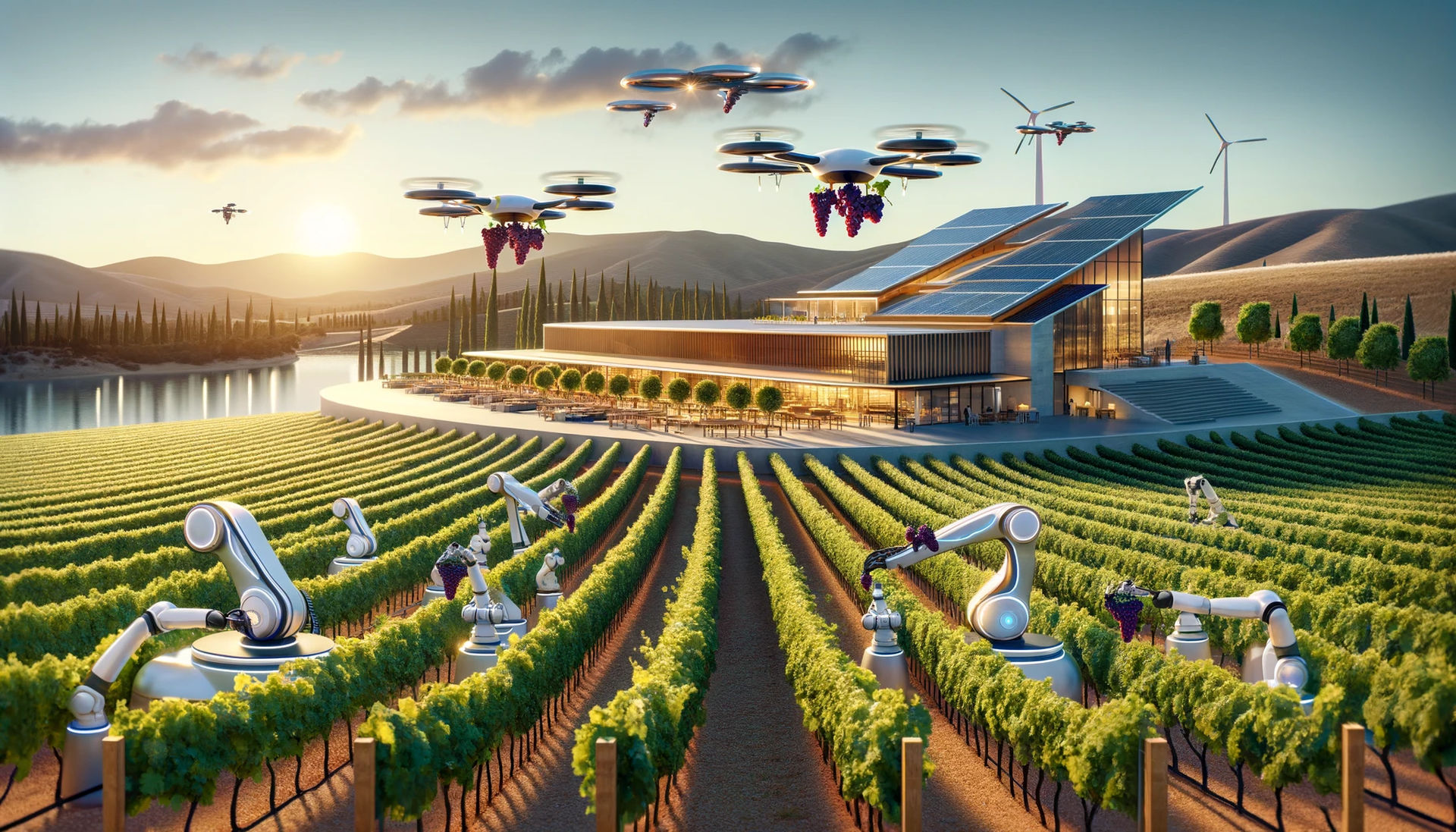
Harnessing AI in Winemaking
AI has revolutionized winemaking by significantly enhancing data analysis and decision-making processes for grape cultivation and wine production. The incorporation of machine learning and data analysis techniques has enabled winemakers to make more informed and precise decisions at every stage of the trends in winemaking process. Here are three ways AI is being harnessed in trends in winemaking:
- Smart Agriculture: AI-powered sensors and remote monitoring systems are used to collect real-time data on soil moisture, temperature, and other environmental factors. This data is then analyzed using machine learning algorithms to optimize irrigation, nutrient application, and pest control, resulting in healthier grapevines and higher-quality grapes.
- Data Analysis: AI algorithms analyze vast amounts of data, including historical weather patterns, soil composition, and grape characteristics, to identify patterns and correlations. This information helps winemakers make data-driven decisions on grape harvesting, fermentation techniques, and blending, leading to wines with enhanced flavor profiles and consistency.
- Winery Software Solutions: AI-powered winery software solutions streamline operations by automating tasks such as inventory management, production scheduling, and quality control. This improves efficiency, reduces costs, and allows winemakers to focus on the creative aspects of winemaking.
Using Drones for Vineyard Monitoring
How can drones revolutionize vineyard monitoring in the trends in winemaking industry? The use of drones in vineyard monitoring is a groundbreaking innovation that is transforming the winemaking landscape. With advancements in technology, drones offer a new level of efficiency and precision in observing and managing vineyards. These aerial devices equipped with high-resolution cameras and sensors can capture detailed images and data of the vineyard, providing winemakers with valuable insights into crop health, irrigation needs, and pest control.
Drones enable real-time monitoring, allowing winemakers to quickly identify and address issues, improving crop quality and increasing productivity. Additionally, the automation capabilities of drones streamline vineyard operations, reducing labor costs and saving time. As technology continues to advance, drones are poised to play a pivotal role in the future of winemaking, revolutionizing vineyard monitoring and driving innovation in the industry.
Precision Viticulture: A New Approach
With the integration of advanced technologies, vineyard monitoring has evolved into a new era of efficiency and precision, allowing winemakers to embrace the innovative approach of Precision Viticulture. This new method of viticulture focuses on using data-driven insights and technology to optimize grape production and enhance grape quality. Here are three key aspects of Precision Viticulture:
- Sustainable Viticulture: Precision Viticulture enables winemakers to adopt sustainable practices by minimizing resource use and reducing environmental impact. Vineyards can be monitored in real-time by utilizing drone technology and satellite imaging, allowing for targeted interventions and optimized resource allocation.
- Enhanced Grape Quality: Precision Viticulture enables winemakers to monitor and manage grapevine health closely, resulting in improved grape quality. By analyzing data on soil moisture, nutrient levels, and disease prevalence, winemakers can make informed decisions to optimize grape production and ensure the final wine’s best possible flavors and characteristics.
- Data-Driven Decision Making: Precision Viticulture relies on collecting and analyzing large amounts of data. By utilizing advanced analytics tools, winemakers can gain valuable insights into vineyard performance, leading to more informed decision-making processes and, ultimately, higher quality wines.
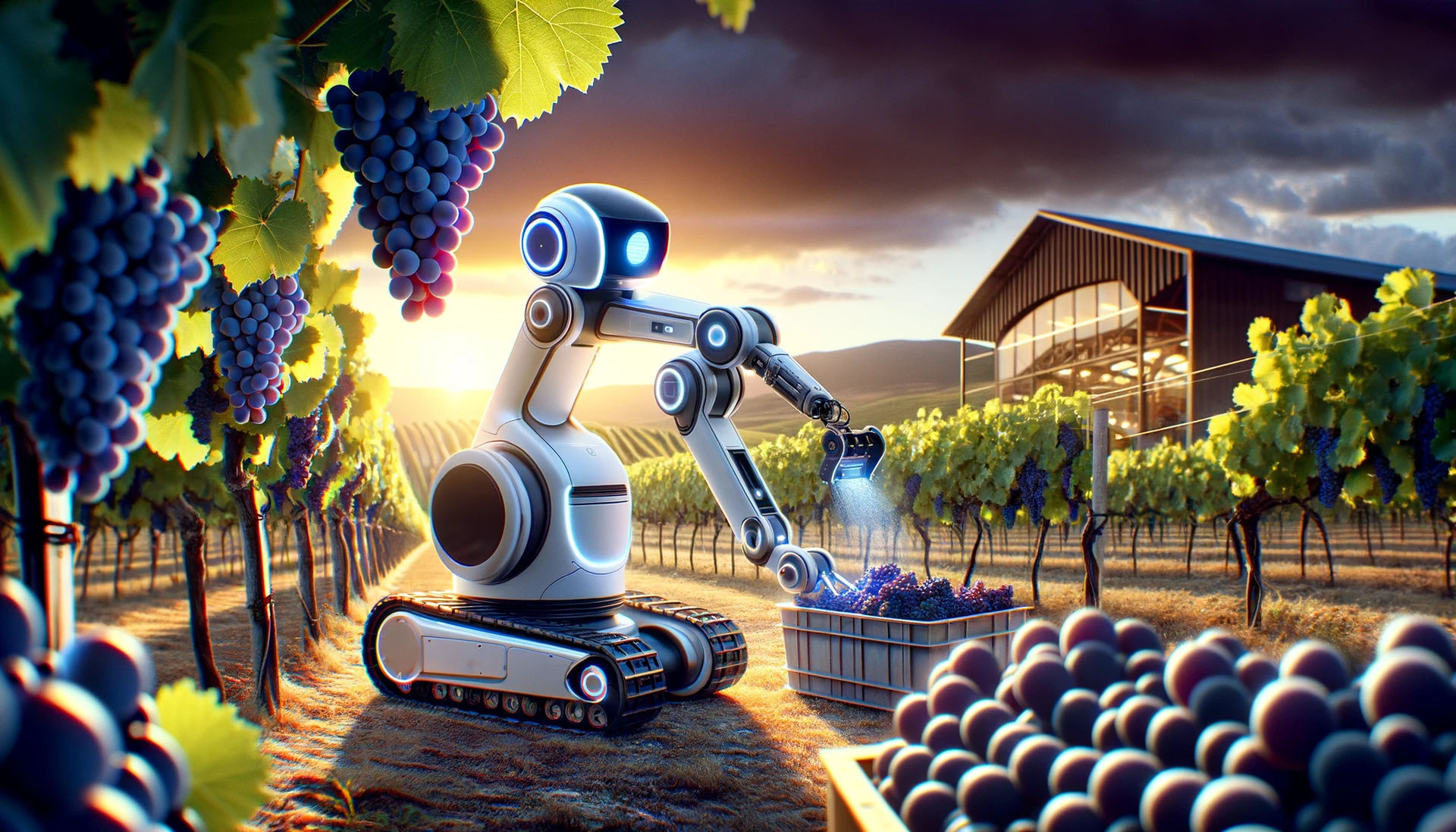
The Role of IoT in Wine Production
IoT technology has significantly transformed the wine production process, revolutionizing how winemakers monitor and manage various aspects of their operations. The Internet of Things (IoT) has enabled winemakers to gather real-time data from vineyards, allowing them to optimize irrigation, monitor weather conditions, and ensure the ideal ripeness of grapes. IoT devices also play a crucial role in advanced filtration systems, ensuring precise control over the fermentation and aging processes.
Furthermore, IoT technology has revolutionized wine cellar management by providing winemakers with remote monitoring capabilities, allowing them to maintain optimal temperature, humidity, and storage conditions. Furthermore, the development of wine apps has empowered consumers to explore and learn about different wines, enhancing their overall wine-drinking experience. IoT has brought unprecedented efficiency, precision, and innovation to the wine production industry.
Blockchain Technology in Wine Traceability
What role does blockchain technology play in ensuring the traceability of trends in winemaking?
Blockchain technology has emerged as a powerful tool in ensuring the traceability of wine, providing transparency and reliability throughout the supply chain. Here are three key ways in which blockchain technology contributes to wine traceability:
- Immutable Records: Blockchain technology allows for the creation of secure and immutable records of each stage of the wine production process. From vineyard to bottle, every step can be recorded on the blockchain, ensuring that the origin, quality, and authenticity of the wine can be verified.
- Supply Chain Visibility: By utilizing blockchain, all participants in the wine supply chain, including growers, producers, distributors, and retailers, can have real-time visibility into the movement and handling of the wine. This enhances accountability and reduces the risk of fraud or counterfeit products.
- Sustainable Practices: Blockchain technology can also facilitate the tracking of eco-friendly practices in winemaking, such as the use of renewable energy and efficient water management. This enables consumers to make more informed choices and supports the industry’s commitment to sustainability.
Virtual Reality and the Wine Experience
Virtual reality is transforming trends in winemaking experience by immersing enthusiasts in interactive and immersive virtual environments. This innovative trend is part of the tech revolution that is reshaping the wine industry. Through virtual reality, wine lovers can now explore vineyards, cellars, and tasting rooms from their homes. They can walk through the vineyards virtually, learn about the winemaking process, and even participate in virtual wine tastings. This technology allows for a unique and engaging wine experience, opening up new possibilities for education and enjoyment. Virtual reality also has the potential to enhance wine analytics, providing valuable data on consumer preferences and behavior. As virtual reality advances, it is set to revolutionize how we experience and appreciate wine.
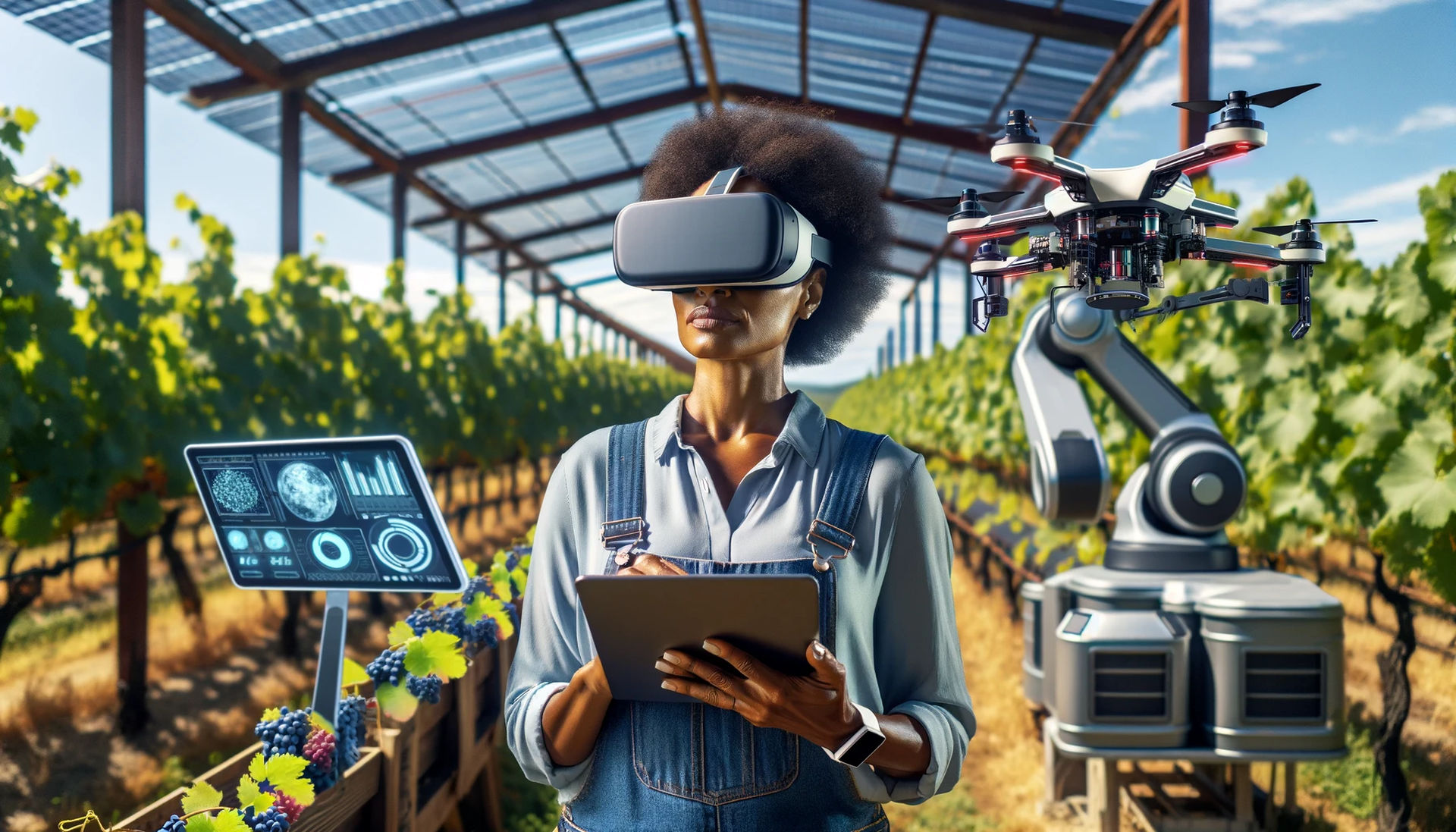
For further insights into the revolutionary world of winemaking, you might enjoy reading “Thriving Advances: Evolution of Wine Technology in the 21st Century” on Encyclopediawines.com.
Technological Toast: The Future of Winemaking Unveiled
In the grand tapestry of winemaking, the 21st century has woven a narrative rich with technological marvels and innovative strides. As we stand at the precipice of this era, it’s clear that the trends in winemaking have been revolutionized, not just incrementally but in leaps that would make Dionysus himself raise an eyebrow.
The fusion of artificial intelligence and the ancient art of winemaking has birthed a new epoch in this venerable craft. Imagine drones, those buzzing heralds of the future, now flitting above vineyards, capturing data that once required the seasoned eye of the vintner. This is not just winemaking; this is winemaking reimagined, reengineered, reborn.
Precision viticulture, a term that sounds like it was conjured up in a sci-fi novel, is now the buzzword in the lush fields where grapes hang heavy with promise. It’s a dance of science and nature, where every drop of water, every ray of sun, and every nutrient in the soil is measured and optimized for perfection. This is winemaking with a surgeon’s precision, a poet’s touch.
And let’s not forget blockchain technology, the digital ledger that’s not just for cryptogeeks anymore. In the world of wine, it’s a game-changer, ensuring authenticity and traceability from the vine to the glass. It’s a promise of purity, a seal of trust in every bottle.
As we swirl our glasses and savor the complexities of our favorite wines, let’s toast to the trends in winemaking that have brought us here. To the innovators, the dreamers, the technologists who have taken the ancient art of winemaking and propelled it into the future. Here’s to the next chapter in the story of wine, written with the ink of innovation and the spirit of exploration.
Cheers to the trends in winemaking, to the future, and to the endless possibilities that await. 🍷✨🌿
For More About Wine: Encyclopedia Wines: Cellar of Vinous Knowledge
Sources
- Bisson, L. F., Waterhouse, A. L., Ebeler, S. E., Walker, M. A., & Lapsley, J. T. (2002). “The Present and Future of the International Wine Industry.” Nature, 418(6898), 696–699. Access Source
- Jones, G. V., White, M. A., Cooper, O. R., & Storchmann, K. (2005). “Climate Change and Global Wine Quality.” Climatic Change, 73(3), 319–343. Access Source
- Mozell, M. R., & Thach, L. (2014). “The Impact of Climate Change on the Global Wine Industry: Challenges & Solutions.” Wine Economics and Policy, 3(2), 81–89. Access Source
- Fraga, H., Malheiro, A. C., Moutinho-Pereira, J., & Santos, J. A. (2016). “An Overview of Climate Change Impacts on European Viticulture.” Food and Energy Security, 5(1), 62–77. Access Source
- García de Cortázar-Atauri, I., Duchêne, E., Destrac-Irvine, A., Barbeau, G., de Rességuier, L., Lacombe, T., Parker, A., Saurin, N., & van Leeuwen, C. (2017). “Grapevine Phenology and Climate Change: Relationships and Trends in the Loire Valley (France).” Agricultural and Forest Meteorology, 243, 15–25. Access Source
- Hofmann, R., & Schwandt, E. (2018). “Precision Viticulture: Using Machine Learning to Optimize Grape Yield and Quality.” Journal of Agricultural Informatics, 9(1), 37–48. Access Source
- Urso, R., Henick-Kling, T., & Gambetta, G. (2019). “Blockchain Technology in the Wine Industry: A Comparative Analysis of Potential Applications and Benefits.” International Journal of Wine Business Research, 31(2), 147–162. Access Source

